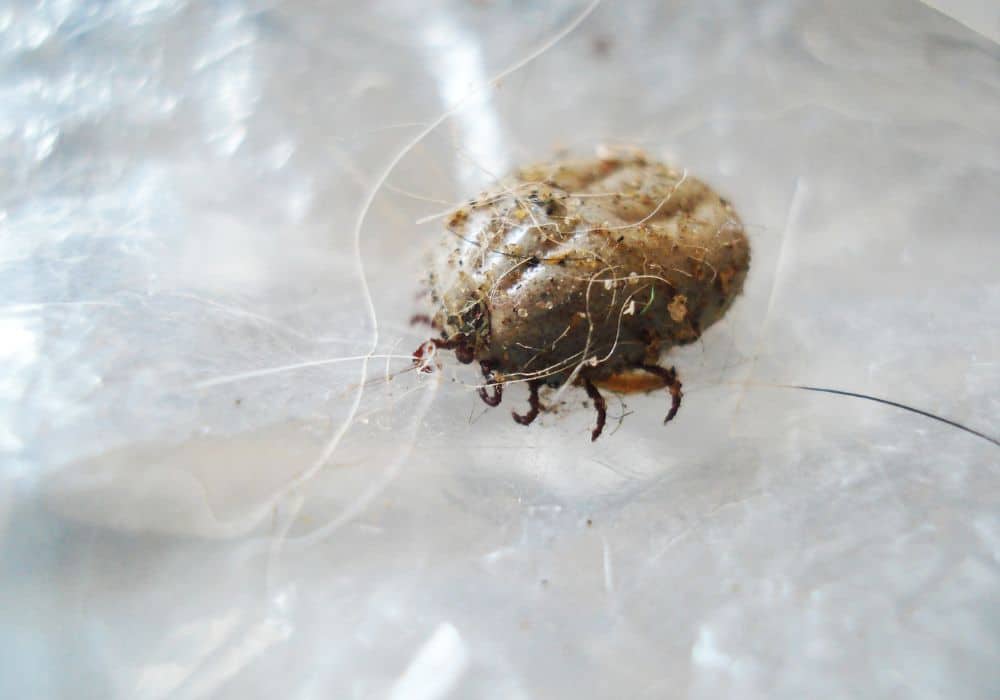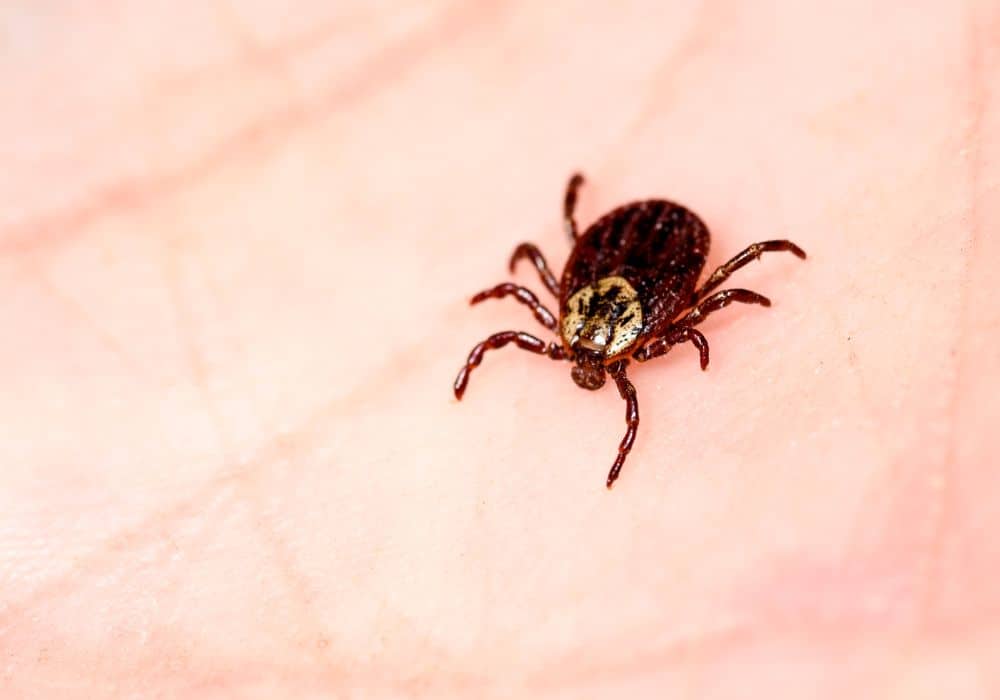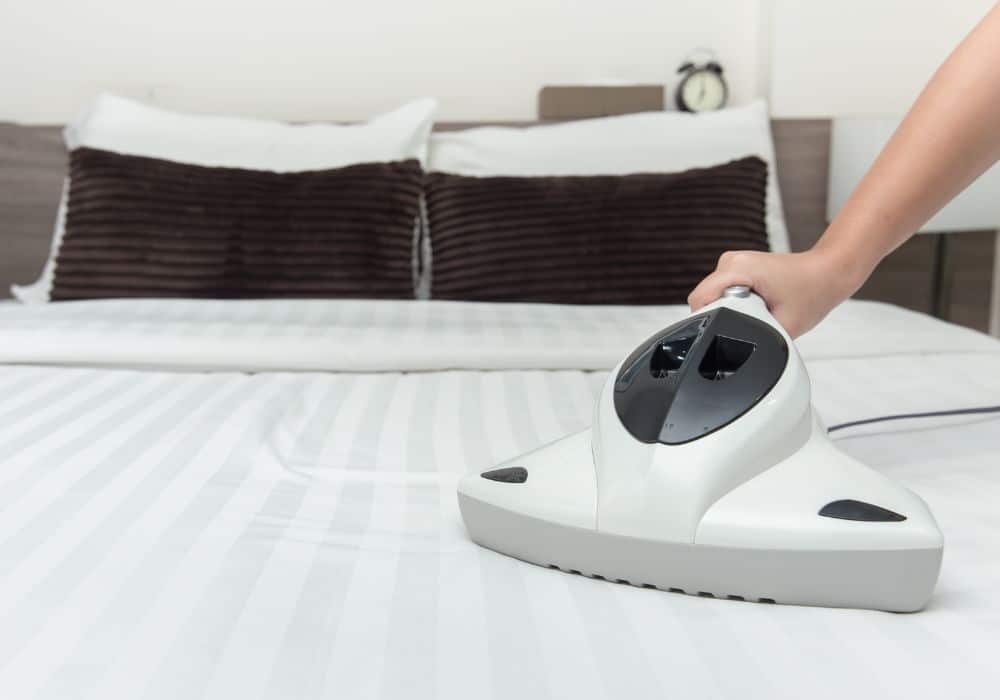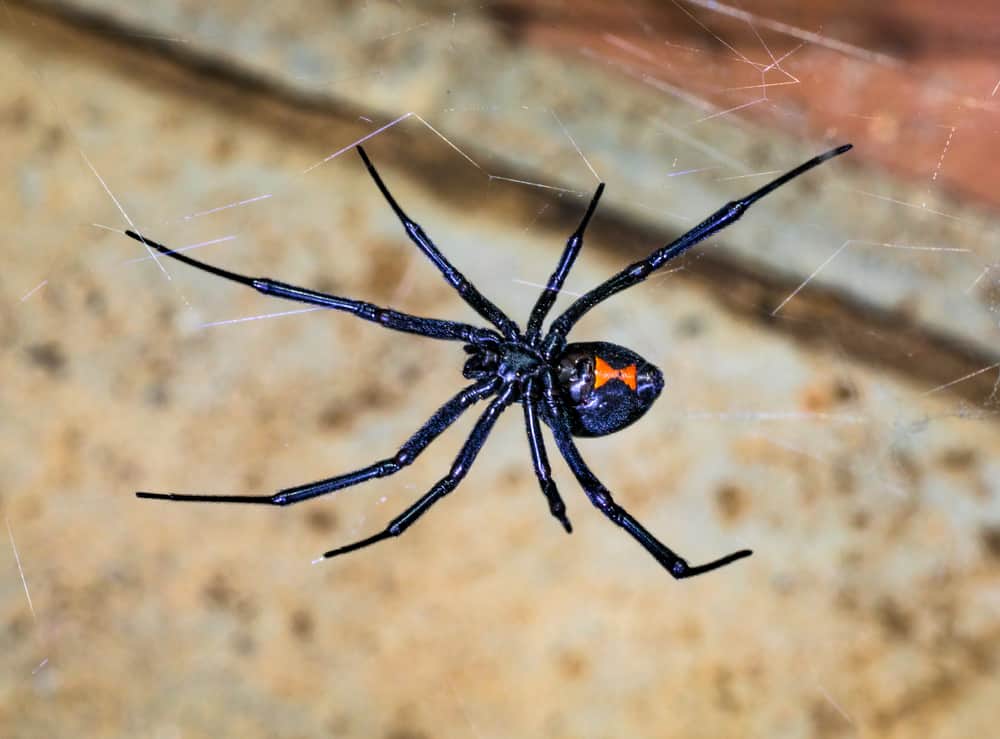If dust isn’t already a huge problem when cleaning your house, dust mites make it even worse. These minuscule creatures might be too small for the naked eye to see, but a person’s allergic reaction to them can be intense.
Many households around the globe might not realize how many dust mites abound in their home. Some people only realize the problem when their loved ones are sneezing and having allergic reactions non-stop.
When you do realize that these mites have made a home in your bedding or couch, it makes sense to want to get rid of them right away. The first thing some people think when it comes to pest control is spiders. These predators eat flies, roaches, moths, and more.
But do spiders eat dust mites too? Today, we’ll find out. Read on to learn more about dust mites and whether spiders can help eliminate them from your home.
What Are Dust Mites?

Dust mites are tiny pests that live in dust all over the house. They linger to eat dead skin flakes and dander that eventually turn into dust, too. And while they don’t bite or bother humans, their feces and decaying bodies after they die are allergens that can cause an allergic reaction in people.
Many people think that dust mites float in the air, but this is not the case. Instead, they stick to fabrics.
These tiny creatures usually make a home in mattresses, carpets, and other upholstered furniture in the home. In serious cases, they might even live in your blankets, pillows, curtains, and linens. That’s why most allergic reactions to dust mites occur after waking up in the morning.
What Happens If You’re Exposed to Dust Mites?
The most common reaction to inhaling dust mites is an allergic response. This comes with the usual symptoms of an allergy, such as sneezing, a runny nose due to nasal congestion, and itchy eyes. Some people might even feel facial pressure or a persistent cough.
Dust mites can be really bad for people with asthma because they trigger and activate it. People with asthma that inhale dust mites can have trouble breathing, chest pains, and wheezing. Always have your inhaler on hand if you have asthma and live in a house with a dust mite problem.
For some people, being around dust mites even triggers their eczema. If you have itchy skin and can’t figure out what’s causing it, it might be a sign that your house has lots of dust mites.
Not sure if the symptoms you’re experiencing are caused by dust mites? Watch this comprehensive video of the signs and symptoms of a dust mite allergy to learn more:
What Pests Do Spiders Eat?
While some people grab pesticides to kill insects and infestations in their homes, many others take the natural route and wait for their friendly spiders at home to take care of the job for them.
Spiders are powerful predators that hunt for bugs, insects, and other common pests. They lure them into their web and then eat them up, contributing to a pest-free home. They eat anything from flies, mosquitos, moths, and even cockroaches and smaller spiders. They also eat:
Learn more about how many bugs and insects spiders eat each year by watching this quick educational video:
Are Spiders the Solution to Getting Rid of Dust Mites?
While many people are insanely freaked out by spiders, they are amazing creatures that you can rely on to help control pests and insects in your home. So, this begs the question—do spiders eat dust mites too?
Unfortunately, no, they don’t. Spiders don’t usually eat dust mites for three specific reasons:
1. They’re too small
As we mentioned earlier, dust mites are incredibly small—too minuscule for the human eye to see. These microscopic creatures are about 0.2 to 0.3 millimeters long, so many predators can’t see them easily.
Spiders also can’t see, detect, and lure dust mites into their trap because of this. Spiders can only really prey on insects that they see, and we doubt they can see something as tiny as dust mites. If they were a little bigger, maybe hungry spiders might put in the effort to chase after them more.
2. They don’t live in the same areas

Another reason spiders don’t eat dust mites is that they don’t live in the same areas. While spiders lurk in the corners of a room or the outdoors where they can catch delicious insects, flies, and bugs, dust mites are confined to beddings and upholstery.
Since these creatures live in different “homes,” they rarely cross paths. Even if a dust mite were big enough for a spider to see, they may never find themselves close enough to each other for feeding.
3. They don’t get caught by spider webs
Fun fact: although spiders have eight eyes, they’re pretty blind. They rely on vibrations to tell whether an insect has entangled itself in their spider web. When they sense these disturbances, they attack and nibble on their delicious snack.
But because dust mites are so small and lightweight, they don’t create vibrations even if they did end up exploring a spider web. A spider would never be alerted that some dust mites have found they way in its web.
Furthermore, dust mites are sedentary and don’t really move around. They stay put in the upholstered furniture and carpets they call home. It’s virtually impossible for them to climb onto a wall and make their way to a spider web.
Better Ways to Eliminate Pesky Dust Mites

Sadly, you can’t depend on spiders to help you eliminate the dust mites that trigger allergies in your loved ones at home. You need to be more proactive and look for other ways to get rid of them.
Here are four effective ways to do it:
1. Regularly vacuum and dust your home
Dust mites exist where dust persists. If you clean your house thoroughly and get rid of all the dust, you may get rid of your dust mites as well.
Always dust your home to keep it clean and tidy, whether with a vacuum cleaner or a sweeper and dustpan.
If you’re using the former, make sure to use one with a HEPA filter. This traps the dust mites so you never have to worry about their allergens being left behind in your home.
And if you’re going the old-fashioned route and sweeping the dust up manually, make sure to go over the surfaces with a damp washcloth afterward. This ensures that you’re really getting rid of every speck of dust.
2. Wash your linens and bedding
Of course, when tidying up, you’ll want to focus your efforts on upholstered furniture and fabrics, since this is where dust mites reside. If you already know you have a dust mite issue, put all your bedding, pillowcases, blankets, and carpets in the laundry. Hot water can help kill the mites.
If you’re open to the idea, lessen the amount of upholstered furniture in your home too. This will make your place even easier to clean while simultaneously getting rid of the dust mites living in your couches and curtains. It’s like hitting two birds with one stone!
3. Decrease your home’s humidity levels
Dust mites love humid environments. This is where they thrive and survive the longest. It’s believed that they colonize and get stronger in humidity levels of 70-80%. That’s why dust mites are a huge problem in places with wet, humid climates.
If you want to lower the humidity in your home, invest in a dehumidifier. It’s ideal to have your humidity set to 50% to reduce the number of dust mites in your household. That way, the air is too dry to sustain them, which makes killing them off way easier.
4. Use chemical control to kill them
As a last resort, you can buy chemicals like acaricides—a type of pesticide that kills mites and ticks—and spray them all over your carpets, curtains, beds, and other infested furniture to kill the dust mites directly.
Note, however, that these chemicals will only kill the mites. The allergens they leave behind, such as their feces and decaying bodies, will still stay on the furniture. It’s recommended to wash your beddings, carpets, and fabrics after killing the dust mites with chemical control.
Conclusion
Although spiders, unfortunately, can’t help you get rid of a dust mite infestation, they’re still excellent for targeting other insects and pests in your home. But if you want to get rid of dust mites, you’ll have to look at other options and actively do it on your own accord.
Vacuuming your home and washing your bedding, mattress, and carpet regularly can help keep dust mites at bay. If you’re desperate, you might even consider buying a dehumidifier or using chemical control to get rid of them once and for all.
Good luck getting rid of those pesky dust mites!
